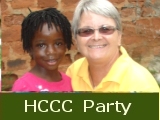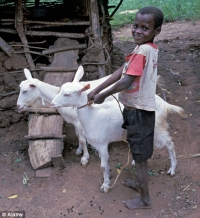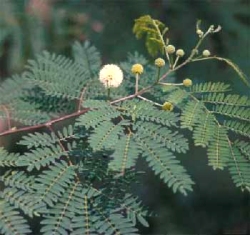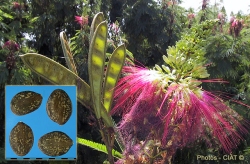 |
Project HopeAfrica 2015Hope Child Care CentreBarbados School ProjectHope Guest HouseChild SponsorshipDR Congo CERAODR Congo Moringa EstateABCD
Trustees Directors |
home >>project
hope >>
hope child care centre >>goat program
Hope Child Care Centre - Uganda goat program
Milk production: output is about 2 - 3 litres per goat per day. Reproduction cycle: The first mating for females should be at about 8 months old. Gestation takes 145 to 155 days but averages 150 days. A doe will be served while lactating so subsequent kidding should be every 8 months. Feeding: Goats consume grasses,
fodder trees, legumes and kitchen scraps. The most nutritious grasses include: Chloris Gayana,
Panicum, napier (elephant grass), potato vines, sweet potatoe slips,
Congo Signal grass for body maintenance. Fodder tree:
Water is a very important nutrient especially for milk production. It should be sufficient and clean. Give them mineral salts for developing strong bones and teeth, providing good appetite and thus weight gain, and improving the hair coat. The most important minerals are calcium, phosphorous and selenium. Vitamins can normally be obtained from green feeds as the goats browse especially if Moringa is added as a supplement. Treatment Shelter (pen / stall) Below are some links to some excellent websites of goats in Africa: Information on African goats: www.joygoats.org.ukGoat Management:
www.joygoats.org.uk |
| Copyright © 2022 www.UnitedCaribbean.com. All rights reserved. Disclaimer Click to Contact us |









